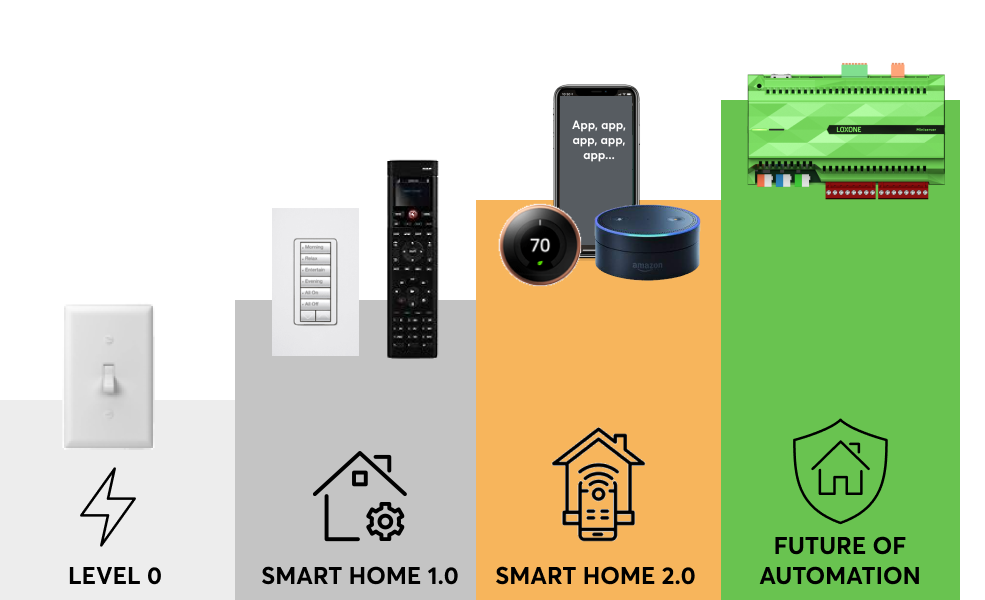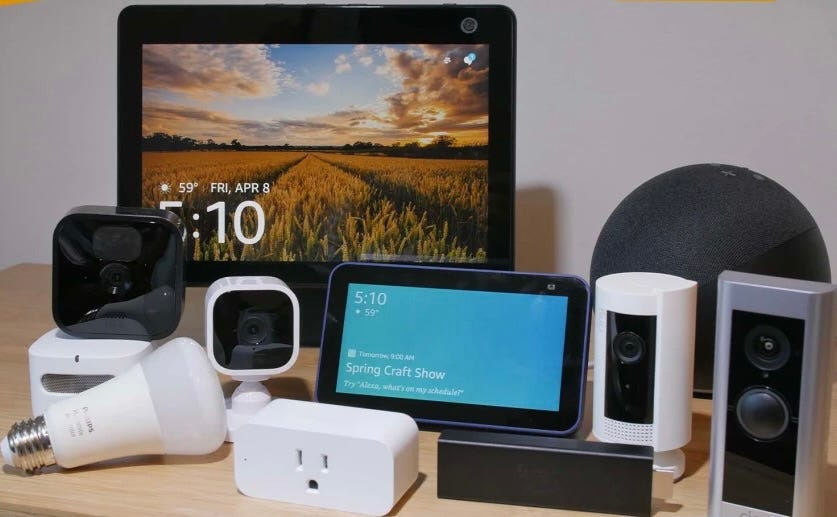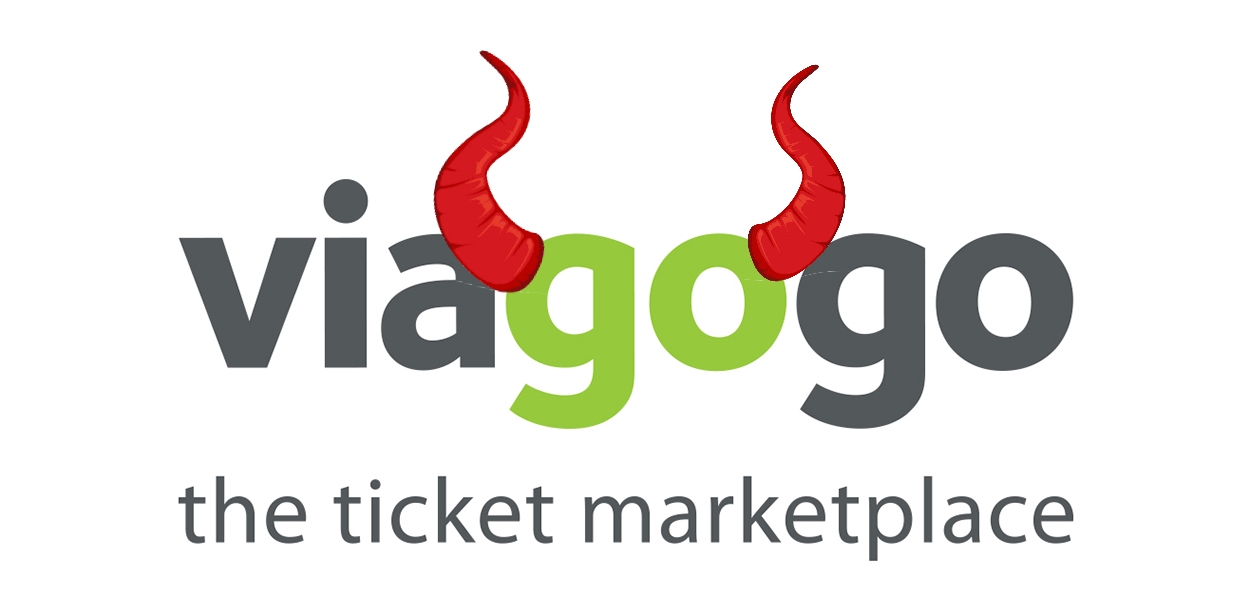
The Rise of Smart Home Technology: Affordable Solutions Empower DIY Enthusiasts
In the ever-evolving landscape of home technology, smart devices have emerged as transformative tools, offering convenience, efficiency, and connectivity like never before. From smart thermostats and lighting systems to security cameras and voice-controlled assistants, these innovations promise to revolutionize the way we live, work, and interact with our environments. What's more, with advancements in accessibility and affordability, smart home technology is now within reach for do-it-yourself (DIY) enthusiasts, empowering homeowners to create customized, connected spaces tailored to their needs and preferences.
The Evolution of Smart Home Technology
Smart home technology has come a long way since its inception, evolving from niche, high-end products to mainstream solutions accessible to consumers of all backgrounds and budgets. What once seemed like futuristic gadgets reserved for tech enthusiasts and early adopters are now commonplace fixtures in households around the world.

Advancements in wireless connectivity, sensor technology, and artificial intelligence have driven this evolution, enabling smart devices to communicate seamlessly with each other and adapt to users' preferences over time. From controlling household appliances remotely via smartphone apps to automating routine tasks based on environmental conditions and user behavior, the possibilities for smart home technology are virtually limitless.
Accessibility and Affordability for DIYers
One of the most significant developments in the smart home industry is the increasing accessibility and affordability of these technologies for DIY enthusiasts. Gone are the days when setting up a smart home required hiring expensive professionals or investing in complex, proprietary systems. Today, a growing array of user-friendly, plug-and-play devices makes it easier than ever for homeowners to install, configure, and customize their smart home setups without specialized expertise.

Part of what makes smart home technology more accessible is the proliferation of interoperable devices that adhere to open standards and protocols. Instead of being locked into a single ecosystem, consumers can mix and match products from different manufacturers, creating a tailored smart home ecosystem that meets their specific needs and preferences. This freedom of choice not only enhances flexibility and scalability but also drives competition, leading to lower prices and better value for consumers.
Key Components of a Smart Home
So, what exactly constitutes a smart home, and how can DIY enthusiasts get started? At its core, a smart home comprises interconnected devices that communicate with each other and can be controlled remotely or automatically based on predefined rules. While the specific components may vary depending on individual preferences and priorities, some key categories of smart home technology include:
Smart Lighting: Smart bulbs and lighting systems allow users to adjust brightness, color, and scheduling via smartphone apps or voice commands. They can also integrate with other devices for added functionality, such as turning on lights when motion is detected or syncing with entertainment systems for immersive experiences.
Smart Thermostats: Smart thermostats enable users to regulate home heating and cooling systems more efficiently, leading to energy savings and enhanced comfort. They can learn users' preferences, adjust settings based on occupancy patterns, and provide insights into energy usage for greater efficiency.
Smart Security: Smart security systems offer peace of mind by providing real-time monitoring and alerts for intrusions, fires, and other emergencies. They typically include components such as cameras, motion sensors, door/window sensors, and smart locks, which can be managed remotely via smartphone apps or integrated with other smart home devices for added functionality.
Smart Entertainment: Smart entertainment systems encompass devices such as smart TVs, streaming media players, and voice-controlled assistants that offer immersive entertainment experiences and seamless integration with other smart home devices. Users can stream content from popular platforms, control playback with voice commands, and create personalized viewing experiences tailored to their preferences.
Smart Appliances: Smart appliances, such as refrigerators, ovens, and washing machines, offer advanced features and connectivity options that enhance convenience and efficiency. They can be controlled remotely, monitor usage patterns, and even reorder supplies automatically when needed.
Getting Started with DIY Smart Home Projects
For DIY enthusiasts eager to embark on their smart home journey, the prospect of selecting and installing the right devices may seem daunting at first. However, with careful planning and research, creating a customized smart home ecosystem can be a rewarding and fulfilling experience. Here are some steps to help you get started:
Assess Your Needs: Begin by identifying your priorities and goals for your smart home setup. What areas of your home do you want to automate or enhance? Are there specific tasks or routines you'd like to streamline? By clarifying your objectives upfront, you can focus your efforts on selecting the most relevant devices and solutions for your needs.
Research Devices and Compatibility: Once you've defined your requirements, research available smart home devices and solutions that meet your criteria. Look for products with positive reviews, user-friendly interfaces, and compatibility with open standards such as Wi-Fi, Zigbee, or Z-Wave. Consider factors such as ease of installation, integration with other devices, and long-term support and updates.
Plan Your Smart Home Ecosystem: Create a plan for how you want your smart home ecosystem to function, including the devices you'll need, their placement within your home, and how they'll interact with each other. Map out potential automation scenarios and routines based on your daily habits and preferences, considering factors such as lighting schedules, temperature settings, and security protocols.
Start Small and Expand Over Time: Don't feel pressured to transform your entire home into a smart home overnight. Instead, start with a few key devices or rooms and gradually expand your setup as you become more comfortable with the technology. Focus on implementing solutions that offer the most immediate benefits and address your most pressing needs, then build upon your foundation over time.
Learn and Experiment: Embrace the learning process and don't be afraid to experiment with different configurations and settings. Take advantage of online resources, forums, and tutorials to deepen your understanding of smart home technology and troubleshoot any issues that arise. Engage with the smart home community to share ideas, tips, and best practices with fellow DIY enthusiasts.
The Future of DIY Smart Home Technology
As smart home technology continues to evolve and become more accessible to DIY enthusiasts, the possibilities for creating customized, connected living spaces are endless. From energy-efficient homes that adapt to occupants' preferences to secure environments that provide peace of mind, smart home technology holds the promise of enhancing every aspect of our daily lives.

With advancements in artificial intelligence, machine learning, and sensor technology, we can expect to see even greater innovation in the years to come. From predictive analytics that anticipate users' needs to immersive augmented reality experiences that transform how we interact with our environments, the future of smart home technology is bright and full of possibilities.
Conclusion
The democratization of smart home technology has ushered in a new era of empowerment for DIY enthusiasts, enabling homeowners to create customized, connected living spaces tailored to their needs and preferences. With an abundance of affordable, user-friendly devices and solutions available, there has never been a better time to embark on your smart home journey. By leveraging the power of smart technology, you can enhance your comfort, convenience, and security while enjoying the satisfaction of creating a home that truly reflects your lifestyle and values.







